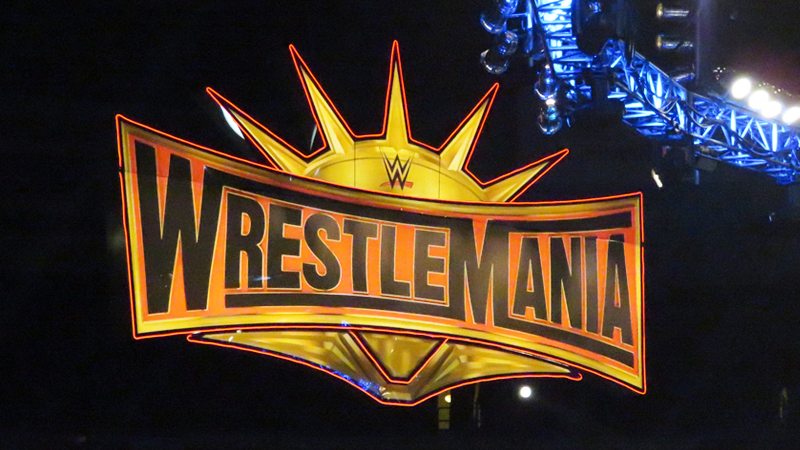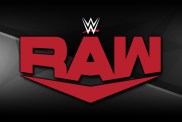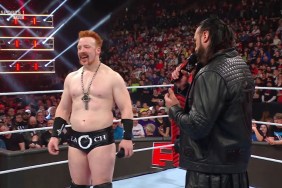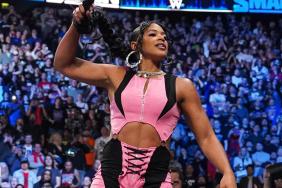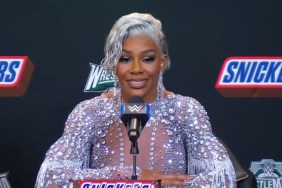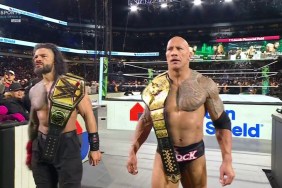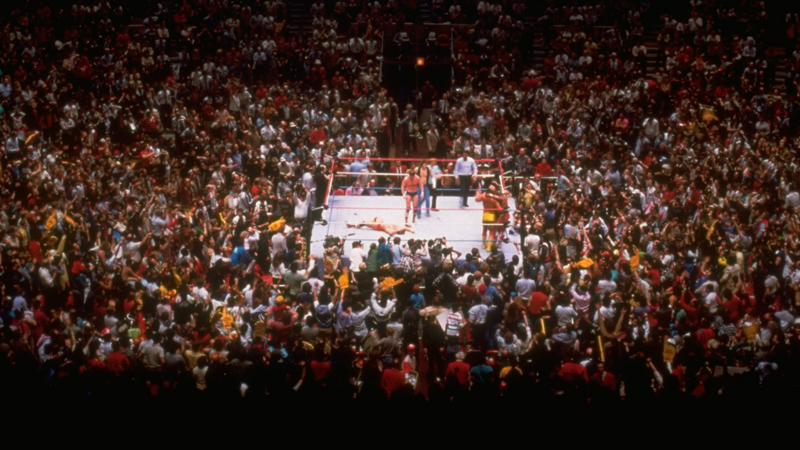
WrestleMania, as you probably know, started off as a concept, one that WWE likes to say was the biggest gamble in the history of the company. It’s both true and false in many ways. It was undoubtedly a big gamble, believed to be one so big that if it had failed, the company could have all but gone out of business.
However, there are many, including other legends, who believe that the company would have still stayed in business. Either way, had there been no WrestleMania, things would not have stayed the same. It all began at Madison Square Garden, with Vince McMahon having the idea of creating an event that would be bigger than just wrestling. It would be a cross-cultural, pop-culture extravaganza, and slowly but surely, the concept began to grow.
WWE would put the biggest cards, the best matches, and though the first few WrestleMania’s may not have lived up to today’s standard quality, the headliners would see the biggest stars in the industry face off. Surely enough, it became the event where everything would start and stop for WWE.
Everything that happened in a year would build to WrestleMania and post-WrestleMania, it would be like a fresh start, like a brand new season of a show. It became the gold standard of not just wrestling, but of entertainment extravaganza events in general. Interestingly enough, when the WWE Hall of Fame was formed in 1993, it was done with the sole purpose of inducting Andre The Giant. So in the first-ever class of Hall of Famers, there was just one inductee – the late great Andre.
WWE would continue the tradition, but the Hall of Fame was nothing like it was today. It would be regular announcements on television. The initial few years did have ceremonies, but they were small and very formal, not like they are today, where arenas are sold out. In fact, between 1997 and 2003, there was no Hall of Fame.
For some reason, Vince McMahon chose not to focus on it, presumably occupied with the Monday Night Wars and WWF’s dominance during the Attitude Era. It was only in 2004 that the ceremony was brought back, and the arena sizes started to increase by the year. As the PG era had come years later, things would begin to change. There would be a whole crop of incredible superstars from the Attitude Era and Ruthless Aggression Era, but it was clear that for many of them, their time would come to ride off into the sunset.
Year by year, one legend or the other would either call it quits, or move into a more part-time role, primarily because they had the money to do so, they didn’t need to put their bodies through the same thing that they had for nearly or over two decades, and it also gave them a “special” attraction status. This also coincided with the rise of NXT as a developmental system and then a brand of its own. It was quietly developing a following, getting ready for a major breakout.
At that phase of time, women had started gaining a more favorable status in WWE and the crop of talent began to change entirely from the old to the new. At this point of time, WWE was far past having WrestleMania in smaller venues. In fact, 2006 marked the final year where WrestleMania was held in a regular-sized venue, and the permanent shift was made to large stadiums that could hold over 70,000+ people.
After all, WrestleMania didn’t just need stars anymore, it became a franchise of its own and a brand name that sold itself. Cities across the United States would have to start bidding to host WrestleMania, because the crowd it brings in gives such an incredible economic impact to the area, with businesses from hotels to restaurants and others all benefiting from the large crowd that came in. Naturally, cities would want to get over a $100 million in economic impact in the span of a few days or even a week.
From 2016 onwards, WrestleMania had become a monster of its own. NXT Takeovers would begin to be associated with the weekend, hosting their own epic shows before the show of shows. The WWE Hall of Fame, as always, was squeezed into the equation, and RAW and SmackDown would be a part of the festivities too, with the brand split being re-introduced later that year.
The RAW after WrestleMania has always been a special one, and by 2017, the SmackDown after WrestleMania joined as well, hosting the rowdy and incredible crowds that we always see. With Axxess and many other events going on, WrestleMania week is an absolute treat for wrestling fans.
Many other promotions would come to the same city as well, hosting shows of their own for traveling fans to come and see. It’s incredible to see how the growth of WrestleMania has not only had an economic impact for the host region, but it’s poured on to other businesses as well. Even weak cards such as WrestleMania 32 had the largest-ever crowd, and it’s a testament to just how grand the event has become. It’s a blessing that we get to witness the extravaganza that is WrestleMania every year.
